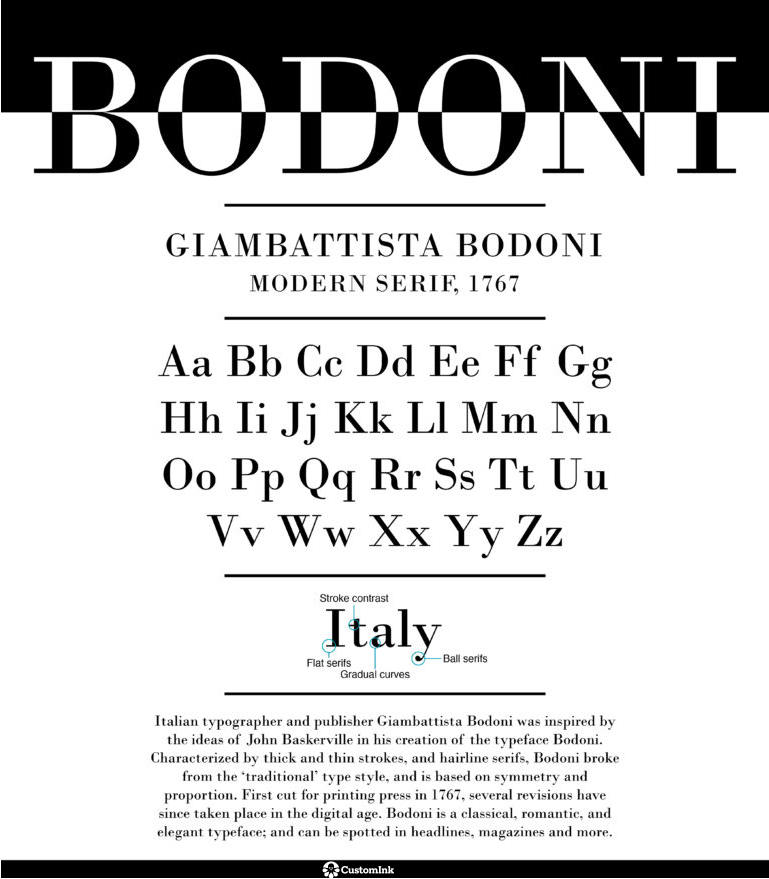
Hence it is a condensed face" ( , accessed 01-17-2015). It was the answer to less space in a smaller-sized newspaper. Seven years later, Times Modern was introduced as the new typeface for the headlines. Times Millennium was narrower than its forerunner but allowed more white space around the letters. The computer drawn version of the original Times New Roman did not make a quality impression and was therefore replaced by Times Millennium in 1991, which was the first version that was redesigned on a computer. The Times entered the computer age in 1986 with Times Roman. In 1972 Times New Roman was replaced by Times Europa, which was a redesign adapted to faster presses and paper of lower quality. Although they only had an exclusive usage right for one year, they stuck with the typeface for forty years. "The Times considers the introduction of Times New Roman in 1932 as their “greatest change in presentation” (Driver, 2009). Its design was supervised by typographer and typographic historian Stanley Morison of the English branch of Monotype, and drawn by Victor Lardent, an artist from the advertising department of The Times. Morison used an older font named Plantin as the basis for his design, but made revisions for legibility and economy of space. If we succeed in finding that position we have done our job.On OctoTimes New Roman, a serif typeface, made its debut in the London newspaper, The Times. Co-authored with Abbeville Press art director Misha Beletsky, the book explores Centaurs origins well as the life of its creator, Bruce Rogers (1870-1957). It follows that there is a “right” position for every shape on every occasion. In either case the line can be so placed to achieve the best effect but the placing and its overall effect will probably be quite different in each case. The same line has a totally different effect in a large or small area of white space. Communication must appear in the shortest, simplest, most penetrating form. The aim of typographic layout is communication (for which it is the graphic medium). Typography is shaped by functional requirements. Here begins true design, the shaping of the graphic form.Įvery shape exists only in relation to the space around it. The Bauhaus set forth elementary principles of typographic communication: 1.
#History typeface full
A line need not be full out to the left but may be moved a little or a lot to the right. The sizes and weights of type used depend first and foremost on the contents, but almost always we have scope to choose a larger or smaller size or to alter the graphic appearance of some of the lines. As type today stands by itself, without the addition of ornament, we have become more sensitive to it not only as words and lines, but as part of the design of a page. The right placing of words and lines is as important as the creation of significant and effective contrasts, and is an integral part of it. In 2011 Dead History was one of 23 digital typefaces included in the permanent architecture and design collection of the Museum of Modern Art in New York.Īll typography is an arrangement of elements in two dimensions. There it was finally redrawn from scratch and completed by Zuzana Licko.

It went through numerous stages of assembly and disassembly before it was licensed to Emigre Fonts in early 1994.


Rounded – to create something entirely new and unexpected. Started by Makela while studying in the graduate design program at Cranbrook, he began his design of Dead History by mashing together two existing digital fonts – Linotype’s Centennial and Adobe’s V.A.G. It personifies a new attitude in type creation marked by the design of hybrid typefaces which are largely the result of the computer's capabilities to function as the perfect assembling tool.

The past, especially in typography, is often an inspiration for contemporary designers not so for Makela, whose Dead History design signals the end of an era of traditionally produced fonts. Scott Makela designed this typeface in the period during which digital processes were becoming accepted as mainstream tools for graphic and communication designers.
#History typeface pdf
Nine Literary Types Printed Version PDF.Mrs Eaves & Mrs Eaves XL Printed Version PDF.


 0 kommentar(er)
0 kommentar(er)
